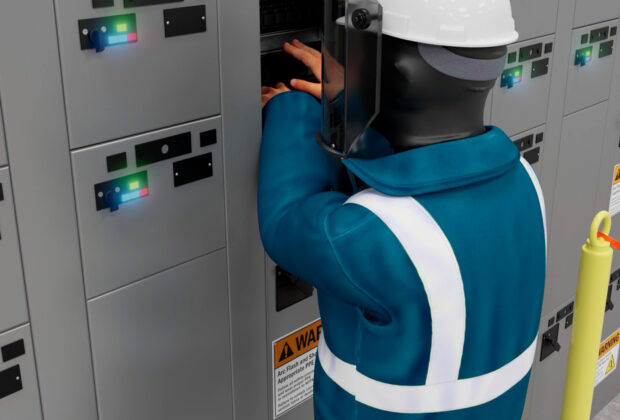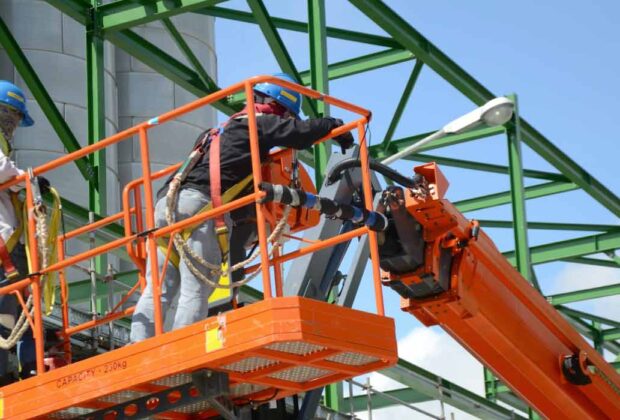The call of the open roads to the promise of outdoor adventure entices everyone to get behind the wheel to hit the pavement and get out to their favourite hiking trail, lake, picnic spot or simply just for the love of driving.
North Americans are a car driving culture as the vast land and wilderness is connected by ribbons of asphalt. Getting out onto the road usually means a lengthy period of time between your destination and the safety of your home. So it’s without a doubt the best idea to arrive at your destination safely and return home safely.
Before setting out on your next road trip, consider these summer driving tips that our friendly in-house subject matter expert on Transportation of Danger Goods, Tracey Thibeau, Senior Safety Consultant with Danatec has considered. Over his 30 years-of-experience he knows a thing or two about road safety.
“One of the first things that people do is jump into their car and drive off,” said Thibeau on road side safety considerations. “Very few check over their vehicle from top to bottom before a major road trip.”
When was the last time you checked your engine oil level?

This is especially true as many drivers have taken their vehicle reliability and safety for granted. Taking a vehicle out onto the highway or for an extended period of time on the road means that the vehicle will endure more stress and miles that will test its components. Before you go, ensure that your vehicle is well maintained and serviced. Have there been recalls on your vehicle?
Consider this list vehicle safety checklist:
- Tires
- Brakes
- Exterior Lights and flashers
- Cooling system
- Fluid levels
- Belts and hoses
- Wiper blades
- Air conditioning
What’s in an emergency kit?

It’s never a bad idea to have an emergency kit prepared and stored in your vehicle at all times. Whether you’re commuting to work or on a long road trip, having the peace of mind that you’re prepared for the worse will keep you and your loved ones safe. There are many prepared and pre-made roadside safety kits that you can purchase from your local safety shop, retailer or registry office.
Here are the items we think you should have in your emergency kit, to add to your emergency kit or to make your own:
- Jumper cables
- Flashlight
- Emergency flat tire repair and/or spare tire, tire pressure gauge
- Jack and ground mat for changing a tire
- Gloves, blankets, towels and coats
- Hazard triangle, road flares, brightly coloured distress sign, or “help” or “call police” flag
- Basic repair tools and duct tape to repair any hoses
- First aid kit
- Cell phone and charger
- Water for both the radiator and your family
- Extra windshield washer fluid
- Maps of the area you’re travelling in
- Basic rep repair tools
- High-calorie, non-perishable food
Travelling with kids?

Road trips are a great way to spend time and bond with your family. The long drives means a lot of time spent together in a tight space. It’s important to make that time as enjoyable and comfortable as possible for everyone involved. Although your youngest might not be interested in your stories and may be more interested in the iPad or movie playing in the in-car entertainment system, it’s still quality time spent together.
Most importantly is ensuring that all your passengers are secured before travelling especially the little ones in age appropriate car seats. A great road trip game is to ask your children to look out for motorcycles and to keep count of them on their way to their destination. The one that spots the most wins. This is a great lesson in paying attention to other vehicles on the road and especially motorcycles as they tend to be smaller and take up less of the road than their 4-wheeled cousins.
Here are some other travel tips with your children:
- Pack a cooler with healthy snacks like water, fruit, nuts and granola
- Stop every few hours to let everyone stretch their legs
- Use games like “I spy with my eye” or electronic devices to keep away the boredom as long as it is not distracting to the driver
- Never leave kids or pets unattended in a vehicle
Sharing the open road

“It’s important to remember that summer time is also the busiest driving season in Canada,” said Thibeau. “Drivers should be aware of other drivers and of wildlife that may wander into their lane of travel.”
Driving during the summer offers the most daylight hours for drivers to get to their destination. This means clear visibility of the road and also the likelihood of encountering animals are decreased as they are more active at dusk and night time.
Maintaining your own fatigue as the driver is equally important. Take breaks every few hours of driving, drink lots of water and ensure you’re not eating a heavy meal to decrease the chances of drowsiness. If you have another partner that is able to drive, consider driving in shifts and manage fatigue levels.
Consider these tips when you’re driving:
- Be sure to share the roads with others (motorcycles, bicycles, slower vehicles)
- Stay alert
- Do not drive distracted (using a cellphone or looking at maps)
- Never drink and drive
- Obey speed limits
- Do not drive when you are sleep deprived
For more information on driving, fatigue management, and trailer safety, visit danatec.com for all your driving safety needs.



Comments are closed.